From David’s Perspective:
One of the places I most wanted to visit on our travels was a small city in Bosnia, called Mostar. It seemed to be the center of so much history, conflict, beauty, and struggle for the whole region. When Christina & I were planning the “vacation” portion of our trip, we discussed how many days to go there (or whether to even go there at all…). We were both a little apprehensive. Was it safe? How strong were the tensions still? Have they rebuilt enough after the war to accommodate tourists? We decided it was worth the risk, but we would only spend 2 nights there just in case.
Arriving in town, we met with our host. He gave us a map of the town and a quick overview. Mostar is split 50/50 between the Catholic Croatians and the Muslim Bosnians. During the war in the early 90’s, they fought side-by-side against the Serbians. A few years later, Croatia decided they wanted to take over Mostar (Our host then drew a line down the middle of the map). He said Croatians were on one side of the city, and the Bosnians were on the other side and they began shooting at each other, leaving Mostar in the middle of a civil war. Friends and neighbors were now enemies. During this war, many historic buildings, mosques, and the famous Stari Most Bridge were destroyed. At the end of the war, Bosnia kept control of Mostar, but the Croatians living there were allowed dual citizenship. So living in Bosnia, in just that area, they have EU passports and can move & work throughout Europe freely, but the Bosnians can not.
Armed with this new information, a camera, and our map, we set off to explore.
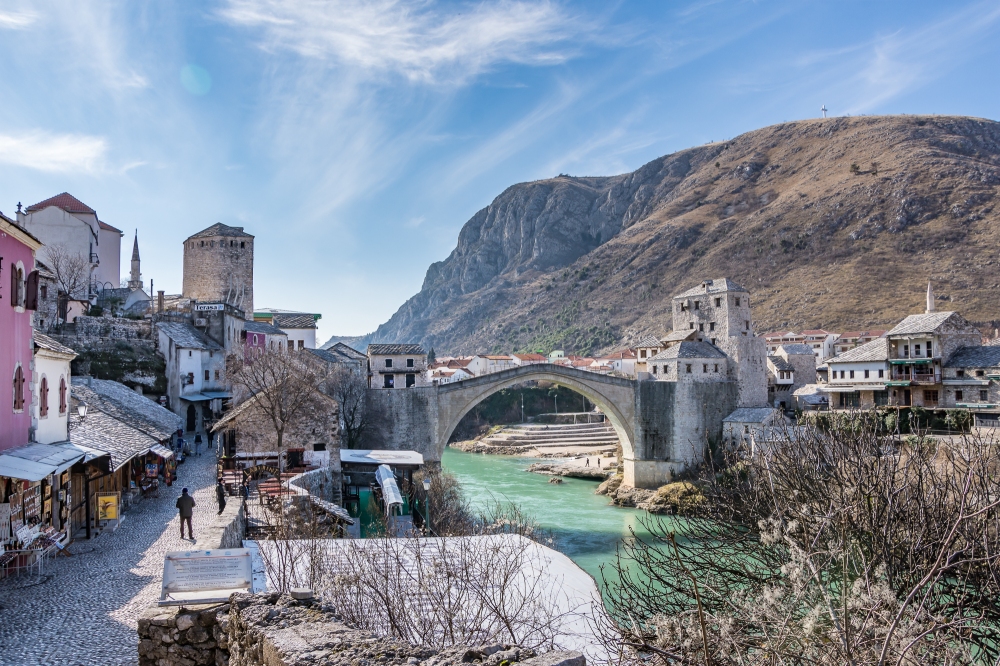
The positives: Old town Mostar is beautiful. The emerald green river carves a canyon through the center of town and there are numerous bridges connecting the two sides of town. The sounds of construction and re-building are everywhere! They are improving infrastructure and creating beautiful public areas for everyone to enjoy. Walking the streets of old town is like stepping back in time 500 years. Cobbled stone streets lined with shops selling hand-crafted items. The sounds of artisan metal workers hammering on embossed copper plates – tink, tink, tink. Watching them craft their pieces of art is fascinating and gives you an appreciation for the time that goes into their creations. The people and the food were both pretty amazing! Mostar, honestly, had the best food of our vacation! Every local dish we had was authentic and full of unique flavors. The people are resilient and are working to make their home a peaceful place.
The most emotional and touching moment was when a young Muslim woman showed us a film about the battle of Mostar and the destruction of the old bridge. At that moment we connected with these people and understood how recent their struggle was. She graciously answered all our questions to help us understand what went on. (you can see a similar video at the end of this post to help you understand a little more)
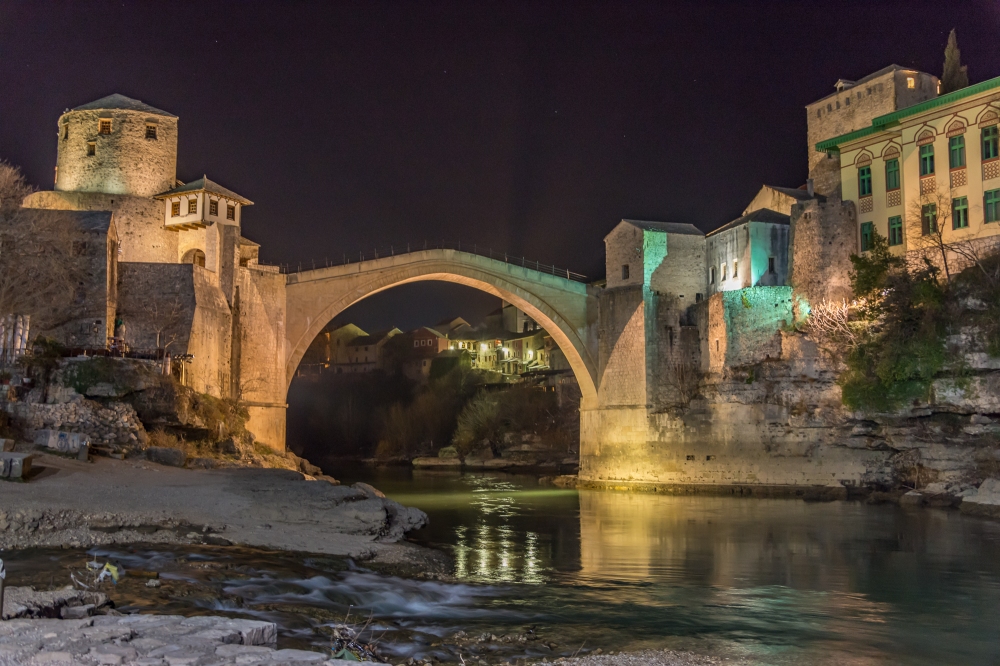
Then…. The negatives: Both sides of the city still showed signs of damage from the war. They are working on rebuilding, but the mortars and gunfire left scars, broken windows, holes in walls and empty shells of buildings in their wake that will take many years to repair. The city is still ethnically and religiously divided. The Croatians had no problem targeting mosques during the war, but the Bosnians tried not to target the churches when possible. So after the war, while the Croatians are repairing their streets, the Bosnians were repairing their places of worship. An unexpected negative was the children begging. The gypsies have moved in to capitalize on the tourism. They portray themselves as “victims of the war” and they know that tourists can’t resist a starving child. We were told to ignore them because the locals want them to go away.
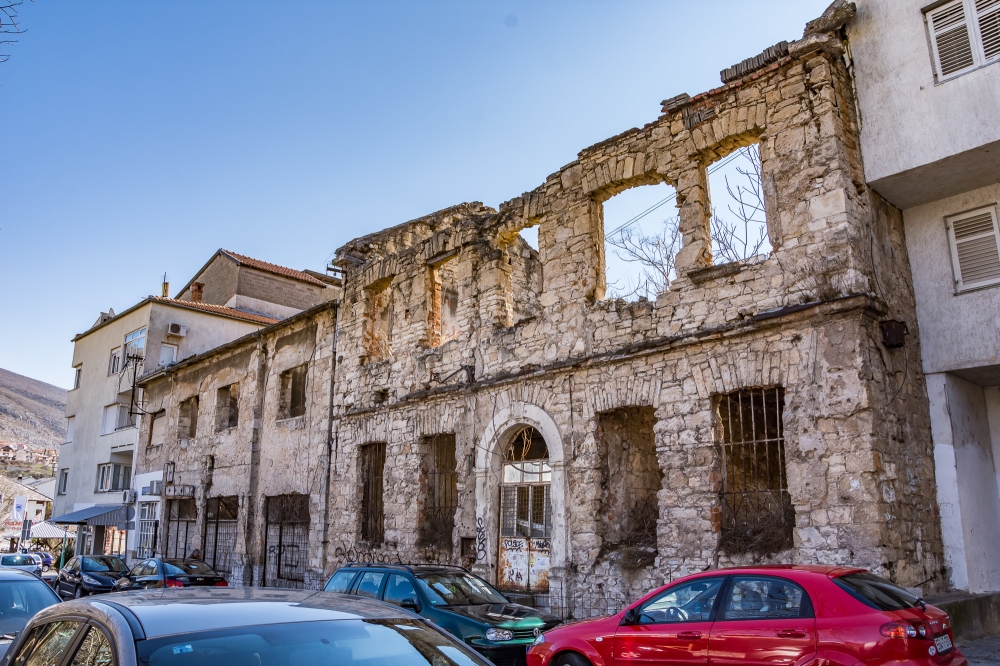
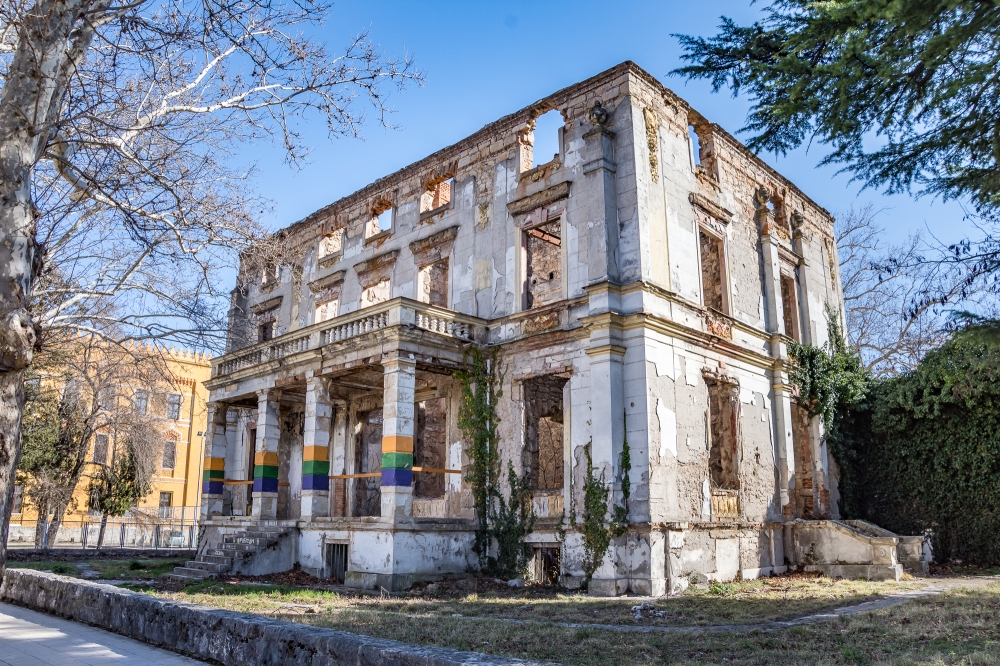

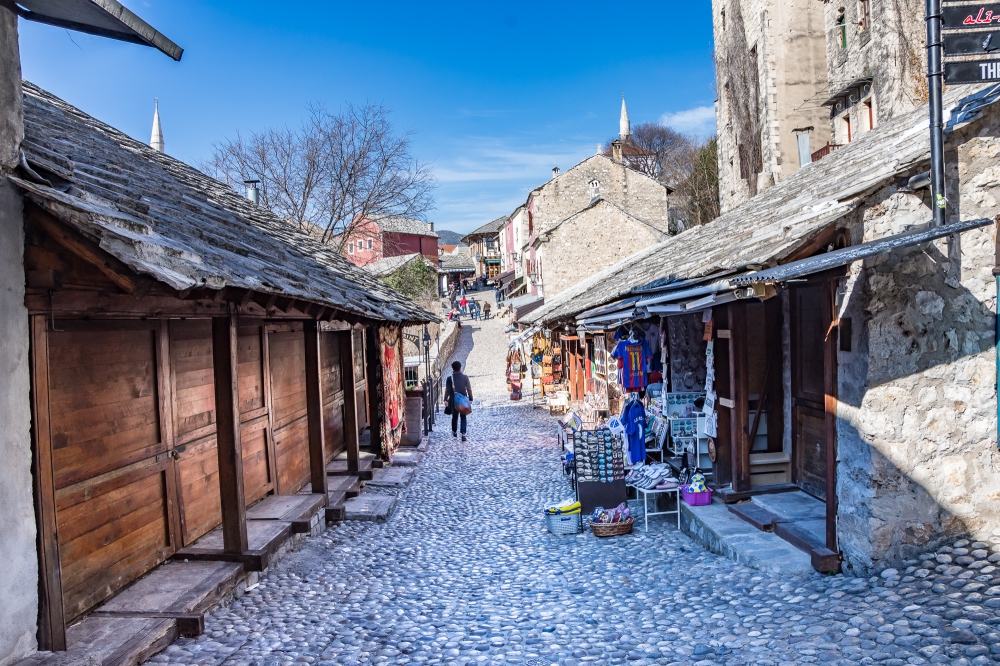
Mostar’s most iconic monument was the Stari Most bridge, a medieval stone bridge linking the two halves of Mostar through the middle of the historic old town. It had stood, intact, for more than 427 years. (Mostar actually means “Bridge Keeper”) It was the heart of their city, the ancient connection of the two sides and cultures. When it was blown up in the war, it was the symbol of a city torn in two. In 2004, as a way to begin the healing, many nations came together to rebuild the bridge exactly as it had been before. They extracted stones and sections from the river below and what could not be reused, they recreated in the traditional manner. The bridge now stands again as a symbolic connection between their future and their past, as well as the connection of the people to each other. Broken pieces of the bridge are placed on both sides of town with the words inscribed “Don’t Forget”.





Yes we read about Mostar from all that instagramming. It seems the entire Balkan area is still recovering from the ravages of all that conflict.